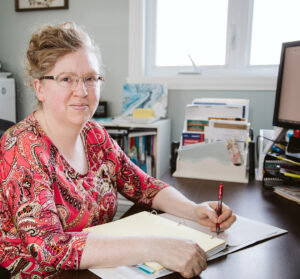From my doctoral research, I have identified three areas of quality in translation: Fidelity, Readability and Conformity. When we say that a translation has Fidelity, we mean that it is faithful to the original document. This means that the translation includes all of the original information, without changing, omitting or adding anything. It also means that the translation is factual and logical.
But how do you make sure your translation is faithful? From the 9 best practices for translators that I developed during my research, there are 3 that relate to Fidelity, or faithfulness. Today, we’ll take a quick look at these 3 best practices, and over the next 3 weeks, we will look at each in more detail.
Best Practice #1: Pursue Excellence
There is an unfortunate myth that someone who is bilingual should be able to do written translation quickly and easily. Perhaps this is because interpreting happens so fast; it has to occur in real time. But the reality is that translation is hard work, and language rules are much stricter for writing than they are for speaking. Written translators should Pursue Excellence by slowing down and taking the time necessary to create a great translation.
Best Practice #2: Ensure Accuracy
Another myth that may be believed by translators is that they can adapt their translation as long as they include the basic information from the original document. However, the reality is that a translation must convey the same and complete information as the original document. Translators can follow a “Read-Translate-Review” strategy I like to call “1-2-3 Translation” to Ensure Accuracy in their translations.
Best Practice #3: Check Your Logic
A third myth is that even if they have trouble clearly transmitting the idea of the original document in their translation, the readers will be able to figure it out. Reality check: A translation is only useful if it is clear and easy to understand, and this is the translator’s responsibility. Comparing the translation to the original document helps translators to Check the Logic in their translations.
We’ll cover each of these 3 Fidelity Best Practices in the coming weeks; stay tuned!
Have a great day!
Liane 🙂
